In August 2015, I travelled to Belize to conduct the BugShot workshop along with John Abbott and Thomas Shahan attended by some of the most passionate macro photographers on the planet. I’m compiling the interesting finds and fuzzy behind the scenes shots in a single post as it would be too lengthy to do a daily journal.
Many thanks to Alex Wild for the initial invite, John Abbott and Kendra Abbott for the meticulous planning and putting up with our stubborn distractions, Ella Baron and the staff of Caves Branch for being such thoughtful hosts, and my room mate and fellow instructor Thomas Shahan for being so accommodating and helpful. Last but not least, thanks to the amazing bunch of participants who were gushing with enthusiasm with each insect/arachnid/snake/frog found!
The pictures in this post are not listed in chronological order. I’m starting off the behind-the-scenes shots, followed by some of what we found over the week in a rough taxonomic sorting fashion with some exceptions so please bear with me. 🙂 This is just a small selection of interesting subjects that we found and by no means a complete list.
BugShot Belize 2015 Group Shot ©2015 John Abbott
Customary photo at every BugShot! This was taken just behind the welcome center and classroom.
Standing from left: Chris, Kirk, Ryan, Frank, William, Jerome, Bill, Jeff, Gary, Lee
Squatting from left: Nicky, Keith, Thomas, Sharon, Don, Kendra, John
BugShot Belize 2015 Group Shot ©2015 John Abbott
We were supposed to look like our favorite bugs and given 6 seconds to come up with something!
Arrival at Caves Branch
It was a smooth ride from the Philip S.W. Goldson International Airport.
My Room at Caves Branch
Very cozy and comfortable room – just a bit humid in the day but we were almost always out in the field so no problem there!
Mess of macro equipment
During every meal, we’d find tables littered with a mess of macro equipment. Probably one of the highest concentration of Canon MT24-EX flashes in a small area!
Fresh oranges!
One of my highlights in every morning. We get to squeeze our own oranges for some of the best and freshest glasses of orange juice around!
Sanitize your hands!
Anyone who stayed at Caves Branch would be familiar with this. After the daily spiel before dinner, we’d be asked to sanitize our hands without fail.
Our Bus
The quaint bus that’s going to take us to the caves.
Ready for the cave!
All set for the cave trip!
Unfortunate incident
Not our bus, but all the Caves Branch guides stopped to help this couple with their vehicle while we watched on and tried to look useful.
Hot trail to the caves
I left my hat behind, thinking that we wouldn’t need it in the caves. Turned out that we had to walk past this open area under the unforgiving sun!
Crossing the river to Foot Print Cave ©2015 Thomas Shahan
The cooling water in this river offered some respite from the heat as we crossed it to reach foot print cave. The water level would only reach our knees if we were careful enough!
Hunting for jumping spiders
Shortly after the river, many of us were busy with the bugging business.
Jumping spider (Hypaeus beningus?) ©2015 Thomas Shahan
I didn’t get to shoot it, but they were hunting this “muppet” jumping spider with a ridiculously heightened clypeus! Wicked shot by Thomas Shahan.
Footprint cave entrance
After over an hour of distractions, we finally reached the cave! There was stream with a current of decent strength.
Gathering around for shots of the cave
While everyone was distracted with the scenery in the cave, I stood on the other end to take some shots of everyone else.
Tailless whip scorpion (Paraphrynus raptator)
The highlight in the cave would be the ambyplygids on the cave walls. Someone told me that they were slow… NOT!! Many scuttled away before I could take any shots.
Tailless whip scorpion (Paraphrynus raptator)
This was the only one that allowed me to go close to see the awesome face.
Fungus gnat larva?
They called this the cave diamonds as they glittered when lights were directed at them.
Fungus gnat larva’s prey
The gooey lines were actually used to capture prey!
Brown recluse spider (Loxosceles sp.)
On the rocky walls of the cave entrance, I noticed messy sheets of silk within the crevices. After poking around, they turned out to be the infamous brown recluse spiders!
Brown recluse spider (Loxosceles sp.)
Their necrotic venom may just cause one to lose his/her finger if one decides to stick fingers in to harass them. Not to be confused with spitting spiders (Scytodidae) that have a humped carapace.
Cave lunch
Picnic at the cave entrance. Seems like nobody knew about the numerous brown recluse spiders behind them. Luckily, they are not aggressive and pretty harmless if left undisturbed.
Alcohol spray on Keith
When we returned to the bus, everyone had to be sprayed with alcohol as there was some microscopic mite infestation in the area that was affecting their fruit crops.
Jumping Spiders Presentation by Thomas Shahan
Thomas presenting his knowledge on jumping spiders. There were several instances when he crouched like a jumping spider but we couldn’t get a good shot of the pose!
Camouflage and Mimicry presentation
Me showing spider asses in the presentation on camouflage and mimicry… and fumbling with the remote.
View of Milky Way from Belize ©2015 Thomas Shahan
We spent several nights camping by the river to shoot the milky way. I didn’t get good shots but here’s what Thomas took!
Room bugs
Thomas rounded up the bugs that he found on the room floor towards the end of the trip. Can you recognize them?
Hello Froggie
This frog landed on my luggage (from where?!?) in the room, and jumped onto Thomas’ laptop.
Bug Group
Every day, we were given different names. One night was BugShot, sometimes it was Bug Group.
Save as…
William’s nightmare with Thomas hounding him on photo asset management while everyone else watched on. 😉
Bug Desserts
On the last night, Chef J prepared special bug-themed desserts for the instructors. Poorly taken photo, but this was supposed to be a jumping spider for Thomas and a praying mantis for me. John had a dragonfly dessert!
Peanut lantern bug (Fulgora sp.)
Chris found this peanut lantern bug before we even got to our rooms. I found out from Thomas that the snout was hollow, and tried to direct some light through it.
Dragon-head lantern bug (Phrictus quinqueparitus)
This was on my wish list before the trip, and Kendra kindly showed me the host tree of this gorgeous dragon-head lantern bug. I returned every night with different groups of participants to get shots of it as it appeared only at night and would start walking up when approached.
Dragon-head lantern bug (Phrictus quinqueparitus)
Close up of the snout with such flamboyant colours!
Dragon-head lantern bug (Phrictus quinqueparitus)
An uncommon angle, as it flew down really low on one night. Looks really angry!
Assassin bugs (Reduviidae)
A messy scene of mating assassin bugs with a prey. Perhaps the male was just taking advantage while the female was distracted.
Thread-legged assassin bug (Emesinae)
Oddly bulbous abdomen on this thread-legged assassin bug made it less thread-like.
Assassin bug (Salyavata mcmahanae) – ID by Eric Gordon
Looks like any ordinary assassin bug but you can see the line of thorns if you look up close.
Firefly larva (Lampyridae)
Spotted this tiny firefly larva lighting up in the darkness.
Leafhopper (Cicadellidae)
One of the many leafhoppers, but this had an interesting brain-like pattern.
Leafhopper (Cicadellidae)
This family has some of the most brightly coloured species.
Leafhopper (Ladoffa dependens)
This leafhopper could be found in the botanic gardens, usually under a leaf with wings spread open until disturbed.
Treehopper (Membracidae)
Jeff found this scene and asked how I would compose it. Required a bit of back-arching to get this angle but I’m glad it turned out well.
Stink bugs (Pentatomidae)
Amorous pair getting at it with a nymph standing by nonchalantly.
Flat bug (Dysodius sp.)
One of the most ideal subjects for back-lighting!
Stick insect (Prisopus sp.)
Found at the welcome center on the first night and as luck would have it, this stick insect fluoresces under ultraviolet!
Harvestman (Opiliones)
It was difficult to find a fluorescing harvestman that was at a good angle and at rest. Was lucky to find this on one of the night walks!
Jumping spider (Lyssomanes sp.)
I wanted to find a mature male Lyssomanes, but had to contend with this female guarding her eggs.
Wide jaw jumping spider (Salticidae)
This salticid has exceptionally wide chelicerae with a green iridescent body!
Jumping spider (Salticidae)
Very cute salticid that kept looking up at the camera.
Jumping spider (Salticidae)
I almost always shoot at night in Singapore, but shooting in the day allowed me to easily get a nice blue background.
Jumping spider (Beata sp.)
Don found this tiny but stunning Beata and got Thomas and I distracted for almost an hour.
Wandering spider (Cupiennius sp.)
This relatively small wandering spider tends to scrunch up as if playing dead.
Wandering spider (Cupiennius sp.)
A much smaller ctenid munching on a colourful leafhopper.
Two-tailed spider (Hersiliidae)
Very cute male hersiliid found on a trail near to the Blue Hole.
Thorn orb weaver (Micrathena sp.)
Micrathena was one of the spiders that I wanted to shoot on this trip, but I saw only this which is likely to be a juvenile. Interestingly, I found over 10 species of Micrathena a week later in the Peruvian Amazon.Orb weaver spider (Verrucosa sp.)
The caves branch staff pointed out this stunning orb weaver at the welcome center, really bizarre tubercles at the abdomen!
Orb weaver spider (Acacesia sp.)
A magnificent orb weaver with highly distinct patterns and gradients on the abdomen.
Orb weaver spider (Eriophora nephiloides)
Found this lovely orb weaver along the main pathway at Caves Branch.
Orb weaver spider (Eriophora sp.)
Just too many orb weavers, but not many are documenting them.
Orb weaver spider (Eriophora sp.)
Eriophora with different abdominal colours.Orb weaver (Wagneriana sp.)
Wagneriana with prey. Found that they are quite adept at attracting and catching prey, as can be seen in the following photos.Orb weaver (Wagneriana sp.) preying on jumping spider
Initially, we thought that the salticid had captured the orb weaver, as was typically the case.
Orb weaver (Wagneriana sp.) preying on jumping spider
On closer look, the orb weaver was happily stabbing the poor salticid’s eyes. We had to call Thomas over to look. 😉
Pirate spider (Mimetidae)
First time seeing a pirate spider standing over what looked like eggs. But.. are these her eggs?
Pirate spider (Gelanor sp.)
A different genus of Mimetidae, with distinctly curved legs I and II.
Pirate spider (Gelanor sp.)
The corresponding male was spotted also. Note the incredibly long pedipalps!
Long-legged fishing spider (Trechalea sp.)
Close up of the fishing spider spotted along the river outside foot print cave.
Long-legged fishing spider (Trechalea sp.)
It was huge, so we spent extra time trying to get some wide-angle shots.
Shooting the Fishing Spider ©2015 Thomas Shahan
That’s me shooting the fishing spider above with the Venus 15mm Wide Angle Macro lens to get a good idea of the working distance that we’d be dealing with.
Nursery web spider (Thaumasia sp.)
Also found along the main path, this pisaurid spent a very long time on the same leaf with its prey.
Grasshopper (Tropidacris cristata)
Immature zebra-like grasshopper that wouldn’t stay still.
Dead leaf katydid (Tettigoniidae)
Nothing here. Nothing at all. 🙂
Dead leaf katydid (Tettigoniidae)
Exact same scene from above.
Slug moth caterpillar (Prolimacodes sp.)
Really cute little caterpillar. It didn’t move and led me to wonder if it was a pupa initially.
Walker’s moth (Sosxetra grata)
Another subject high up on my wish list! Thanks to Thomas for keeping a look out for this peacockish moth for me.
Walker’s moth (Sosxetra grata)
The white and pink complements really well for a spectacular portrait.
Walker’s moth (Sosxetra grata)
Close up reveals little “horns” on the antennae.
Moth (Norape ovina) – ID by Gil Wizen
Another moth with a brightly coloured combed antennae.
Moth (Megalopyge dyari?) – ID by Gil Wizen
FLUFFY! Really FLUFFY!
Moth (Belemnia inaurata)
This moth had us scrambling around near the light trap. It has some of the most sought-after colours that a macro photographer would wish for on a single subject!
Moth (Belemnia inaurata)
Lateral view reveals a red abdomen.
Hawk moth (Eupyrrhoglossum sagra) – ID by Gil Wizen
Not as bright, but still a lovely purple hawk moth.
Hawk moth (Oryba achemenides) – ID by Gil Wizen
A green hawk moth at appeared on the light trap.
Jumping spider mimic moth (Petrophila sp.) – ID by Gil Wizen
Some of the subjects on the light trap seemed to mimic jumping spiders. This tiny little moth appears to have patterns on the wings that resemble the anterior row of eyes of a jumping spider. Maybe? Maybe not?
Caddisfly (Nectopsyche sp.) – ID by Gil Wizen
Another jumping spider mimic? Similar pattern on the wings that looked like the eyes of a jumping spider.
Light Trap ©2015 Thomas Shahan
On the later nights, the light trap was swarmed with tiny little bugs with the occasional big one, such as this Dobsonfly.
Owlfly (Ululodes sp.)
Been wanting to see an adult owlfly for the longest time and this appeared just next to the light trap!
Owlfly (Ululodes sp.)
One of the most interesting bits of the owlfly are the overlapping eyes.
Mosquito (Culicomorpha)
One of the talking points to any jungle trip to Belize would be the human botflies. The eggs would typically be laid on mosquitoes, and subsequently dropped, hatched and burrowed into human skin when the mosquitoes are doing their rounds. I looked up close at the biting little buzzers but couldn’t see any traces of botflies.
Horse fly (Tabanidae)
Lots of tabanids around, as many of the participants wore bermudas and attracted these nasty biting flies.
Damselflies (Zygoptera)
William found a nice pair of mating damselflies in one of the morning walks.
Hood mantis (Choeradodis strumaria)
The majestic hooded mantis had many of us occupied throughout the night next to the light trap as we had fun practising alternative lighting techniques.
Bark mantis (Liturgusa sp.)
There were many bark mantids on the trees next to the river.
Leaf beetle (Lamprosomatinae)
Tiny but really cute! Too tiny and many didn’t want to shoot this.
Leaf beetle (Megascelis sp.)
Brilliant metallic-looking elytra made this leaf beetle look unique.
Mating beetles
Not sure what beetles these are, anyone? =D
Mating beetles
Unsure of this amorous pair as well.
Tortoise beetle (Cassidinae)
Saw this tortoise beetle more than once, I presume that it is relatively common here?
Tortoise beetle (Cassidinae)
Eye-level view of the cutie.
Tortoise beetle (Cassidinae)
Chris found this unique looking tortoise beetle late in the night!
Bess beetle (Passalidae)
Almost stepped onto this bess beetle while we were walking towards the light trap.
Bearded palm weevil (Rhinostomus barbirostris)
Cropped wide angle view of the bearded palm weevil next to the river.
Bearded palm weevil (Rhinostomus barbirostris)
Close up on the “beard”. He needs a shave!
Longhorn beetle (Eutrypanus mucoreus)
Just beside the light trap, this tiny cerambycid was ignored. Going close up reveals a pretty distinct pattern on its elytra.
Longhorn beetle (Callipogon barbatus) – ID by Gil Wizen
This large cerambycid with hairy mouthparts had many of us occupied in the night.
Longhorn beetle (Callipogon barbatus) – ID by Gil Wizen
The size made it a good example for ultraviolet photography!
Darkling beetle (Tenebrionidae)
I don’t usually do white backgrounds, but this is a test shot of a large tenebrionid in a light box at the trail entrance.
Basilisk (Basiliscus sp.)
This basilisk was camping out at the botanic gardens every day.
Common Mexican tree frog (Smilisca baudinii)
Close up of a Mexican tree frog at the botanical garden. There was also a red-eyed tree frog there but it had been elusive despite me revisiting the pond every night, perhaps due to the lack of rain.
Cat-eyed snake (Leptodeira septentrionolis) – ID by Gil Wizen
Chris spotted this cat-eyed snake twirled up on a pot, but it swam into the pond as we approached.
Orchid bee (Euglossinae)
Several of these making their rounds in the botanical garden in the mornings. Whenever someone tells you “When Pigs Fly”, please show them this photo. =D
Turtle ant (Cephalotes sp.)
These tiny little ants were spotted on a tree by the river, but hardly ever stood still for a proper close up!
Leaf-cutter ant (Atta sp.)
The leaf-cutter ants were a teeny bit more cooperative, with a chance to pause for a moment every now and then. Check out the spines!
Leaf-cutter ant (Atta sp.)
We returned to the leaf-cutter ant trails at night and did some back-lighting with an optical triggered flash.
Leaf cutter ants (Atta sp.)
A wider view to show the trail of ants bringing the cut-up leaves to their new nest site.
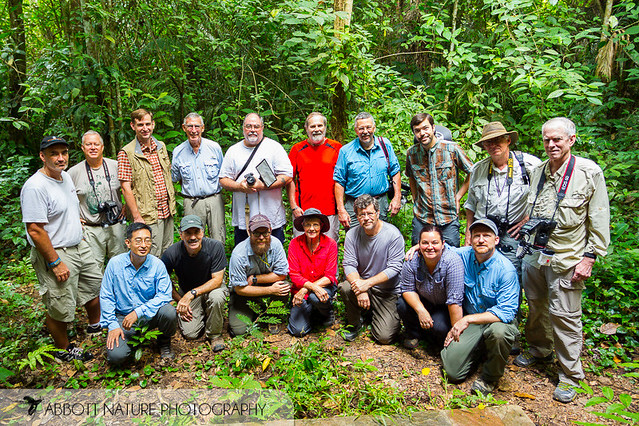
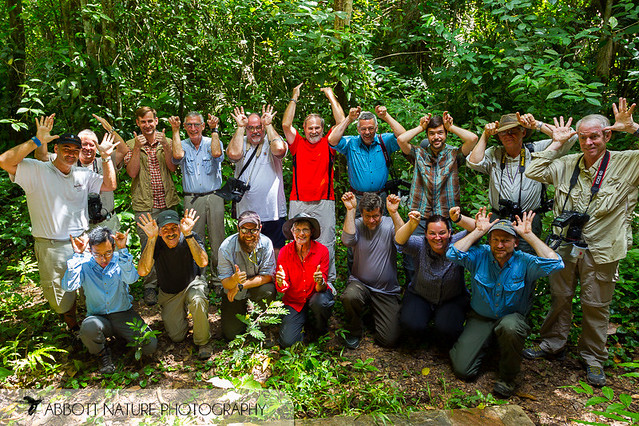
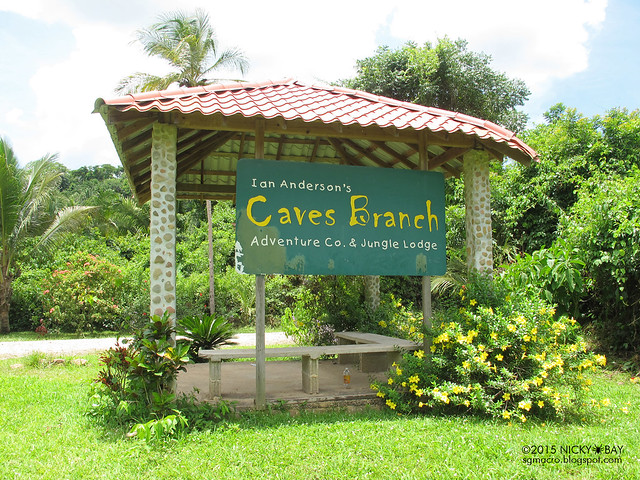
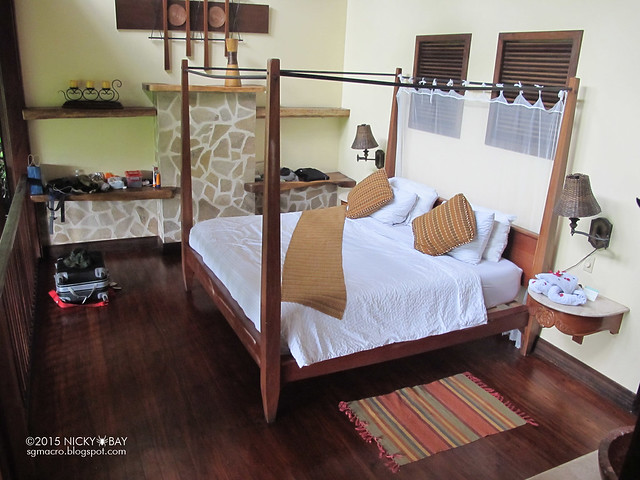
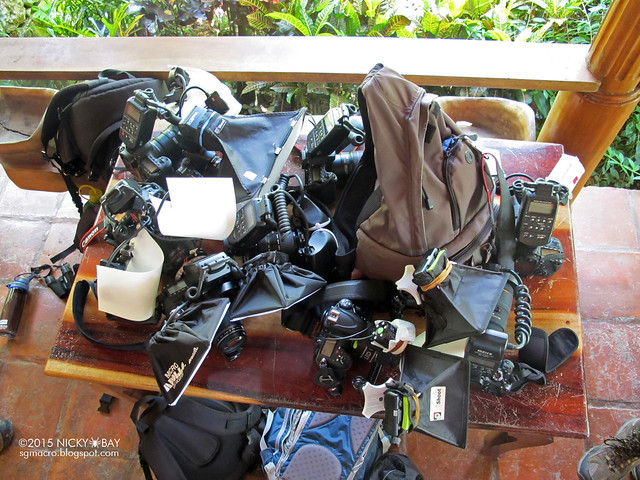
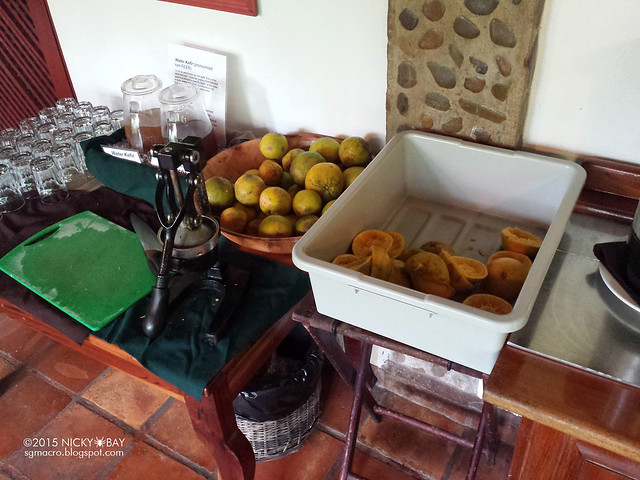
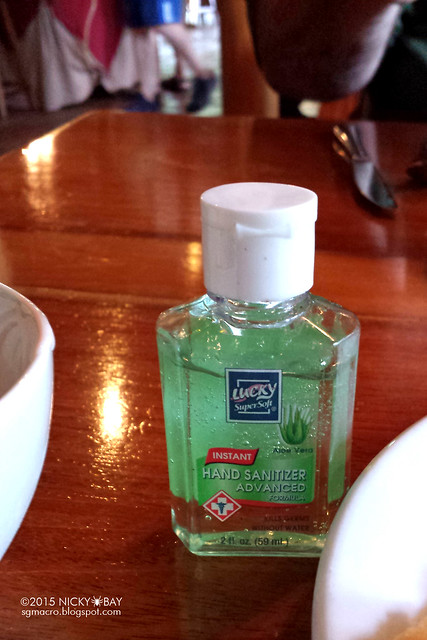
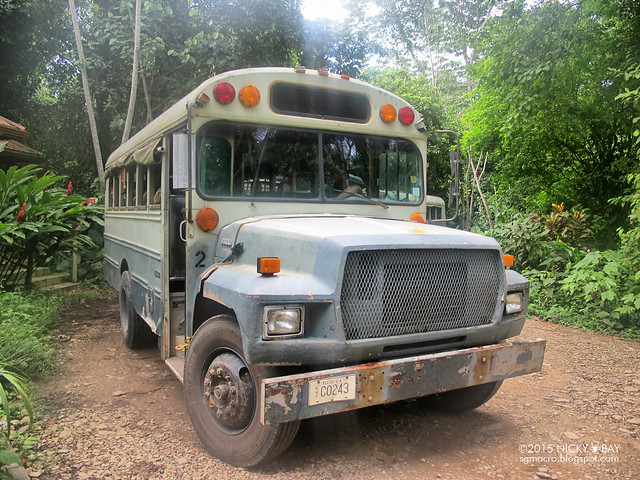
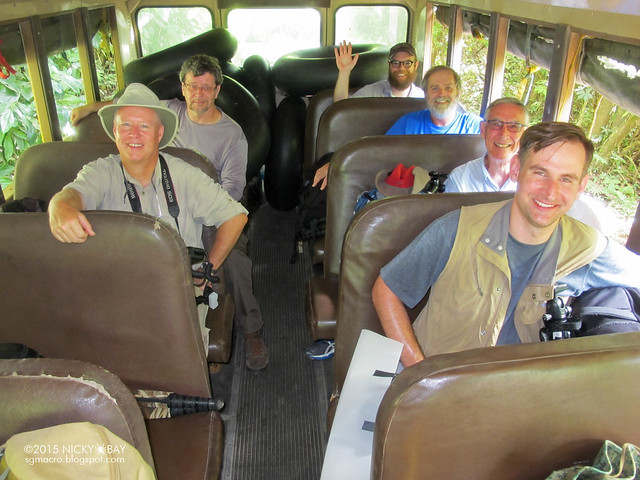
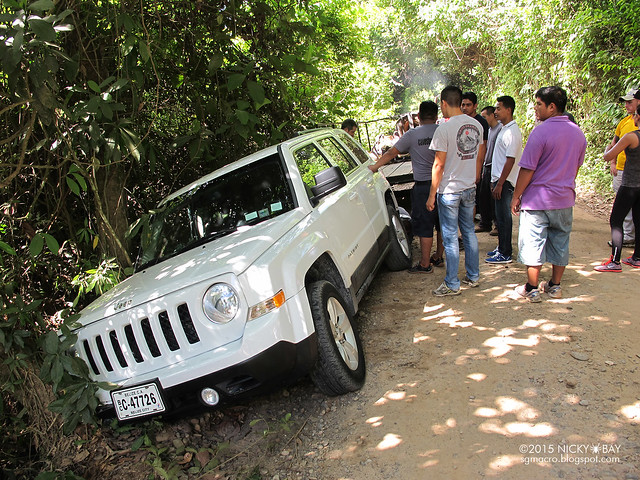

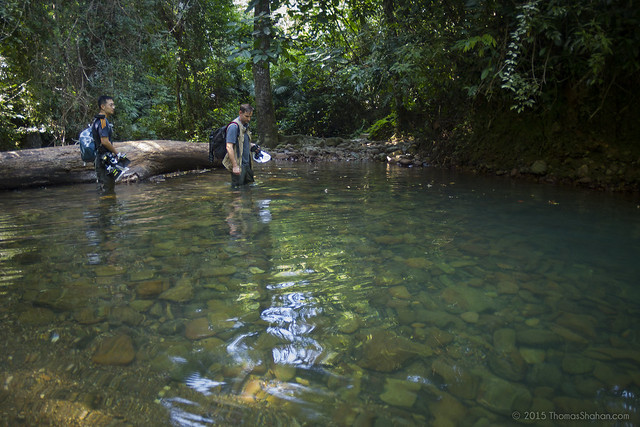
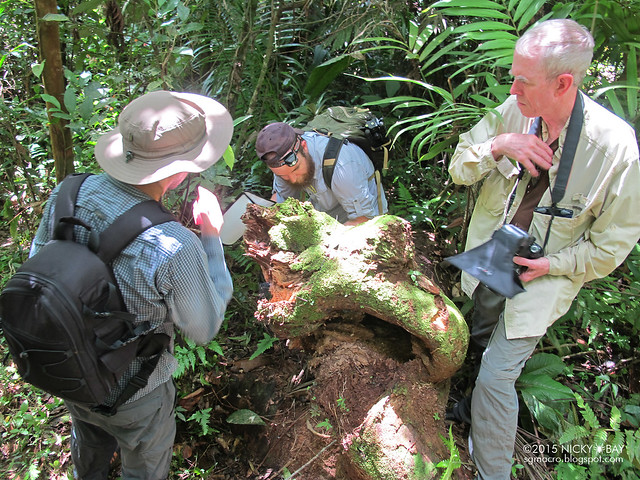
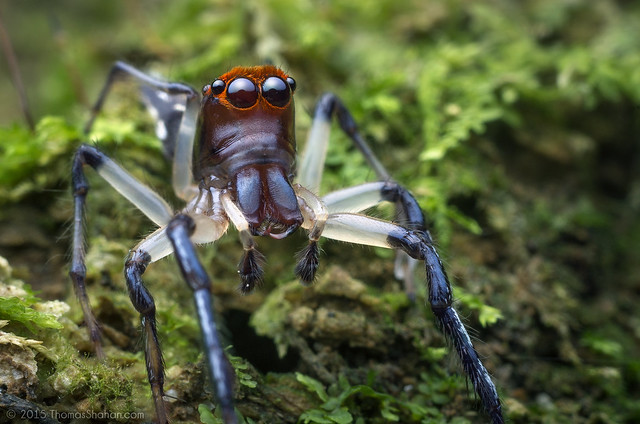
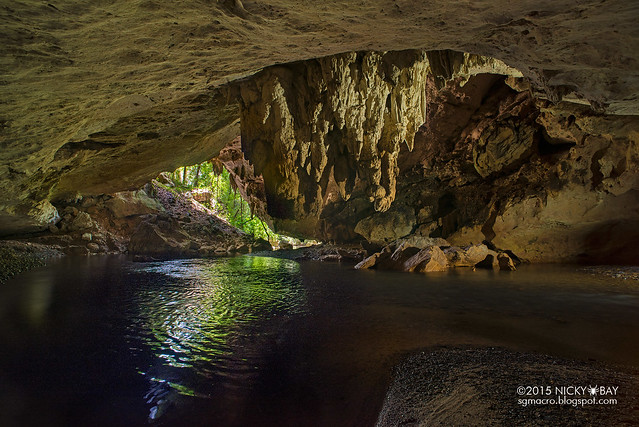
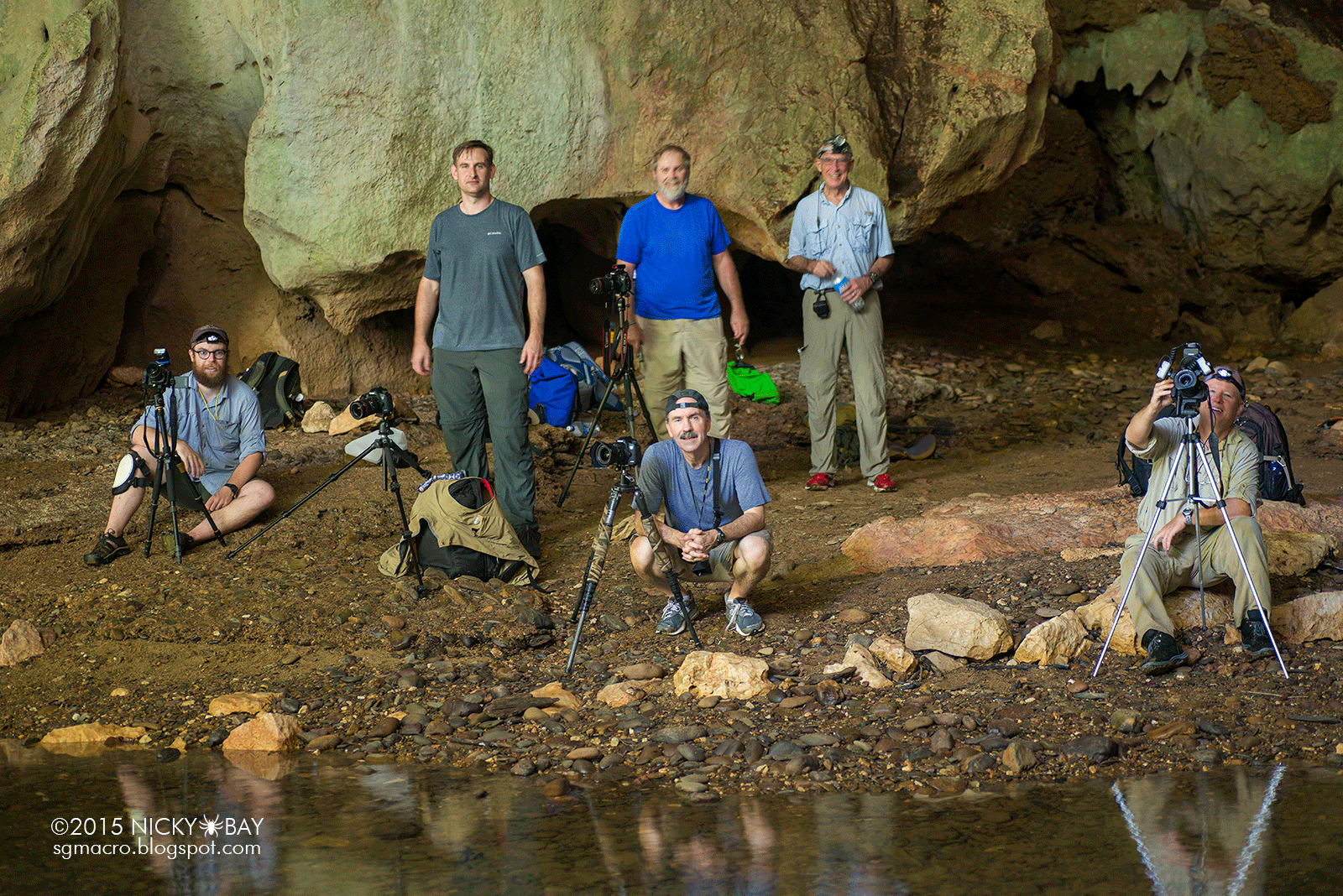
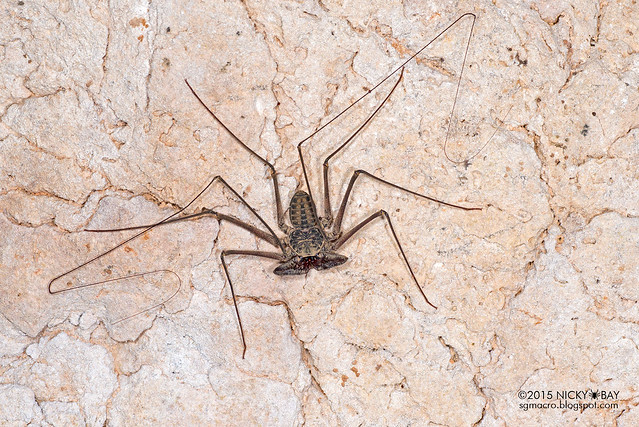
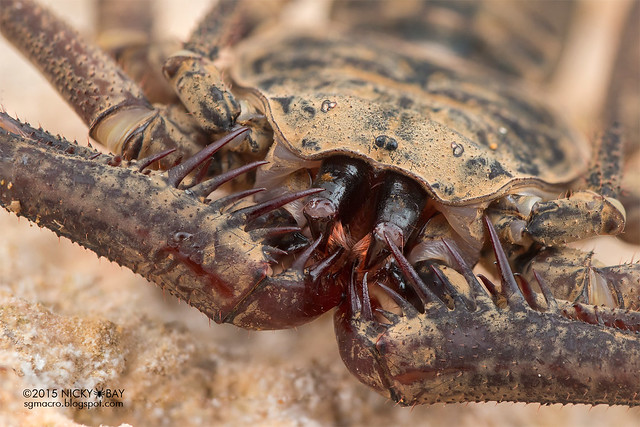


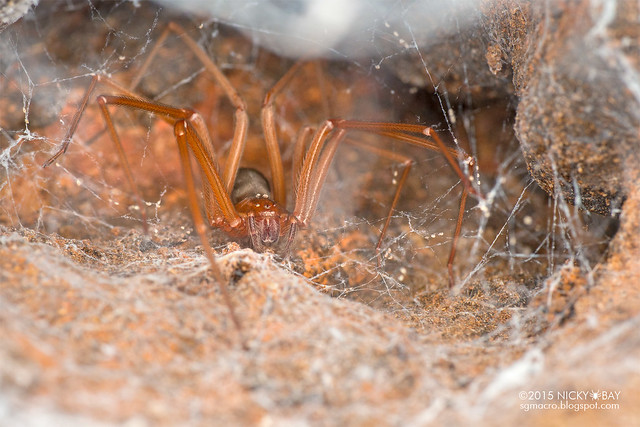
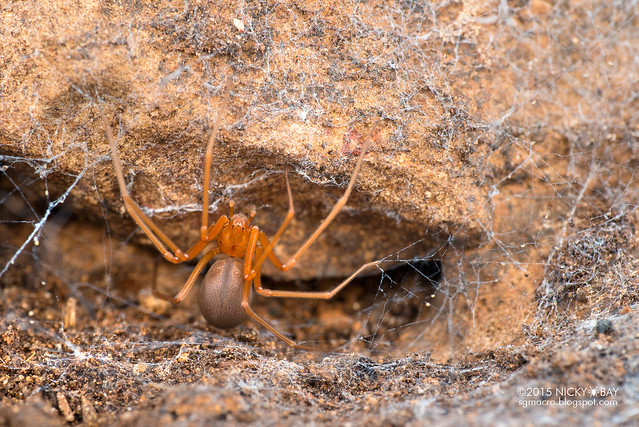
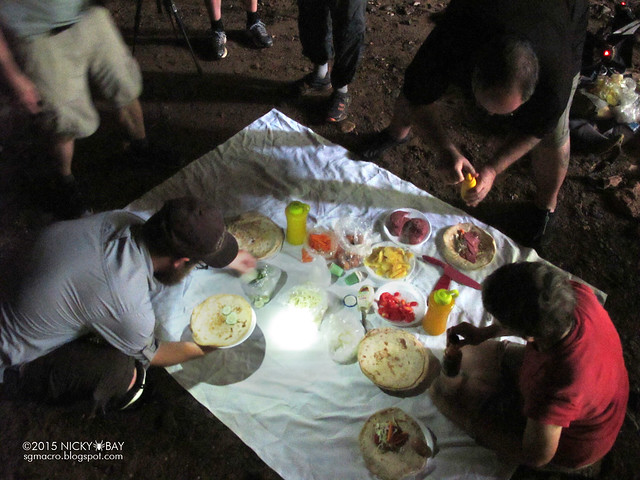
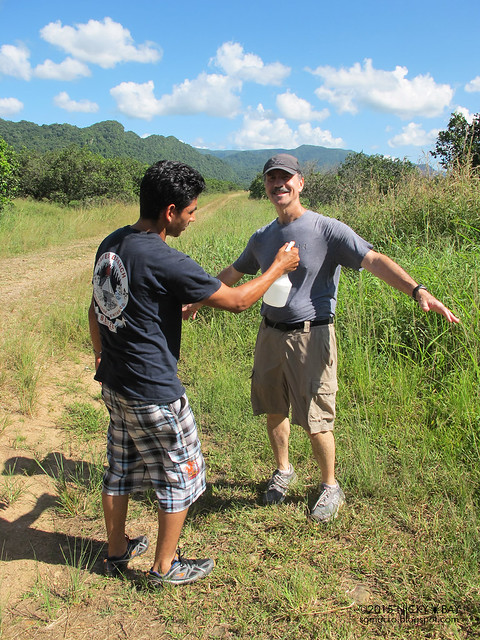

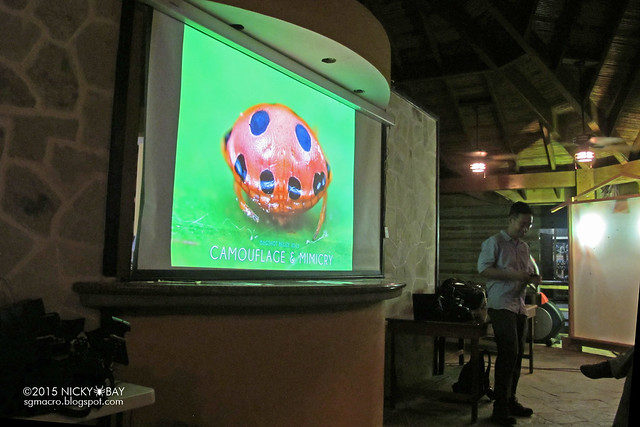
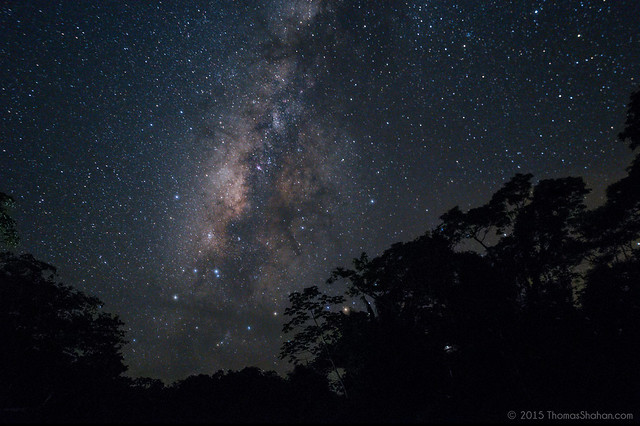
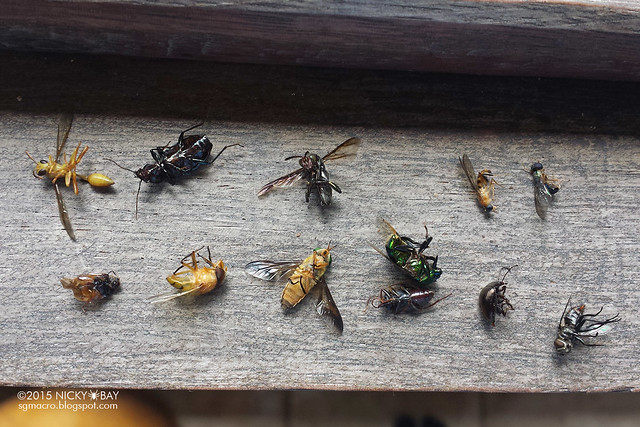
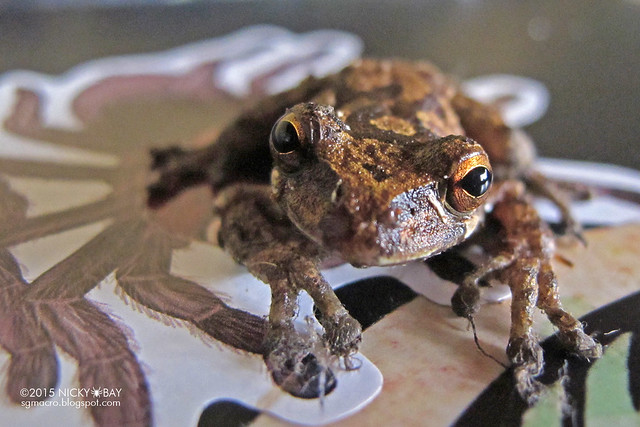

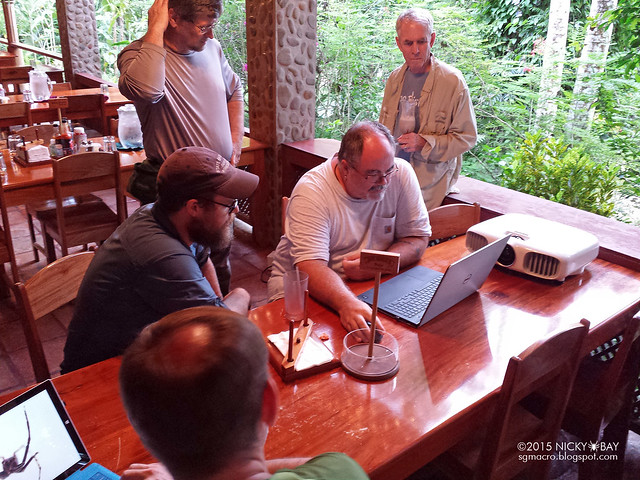
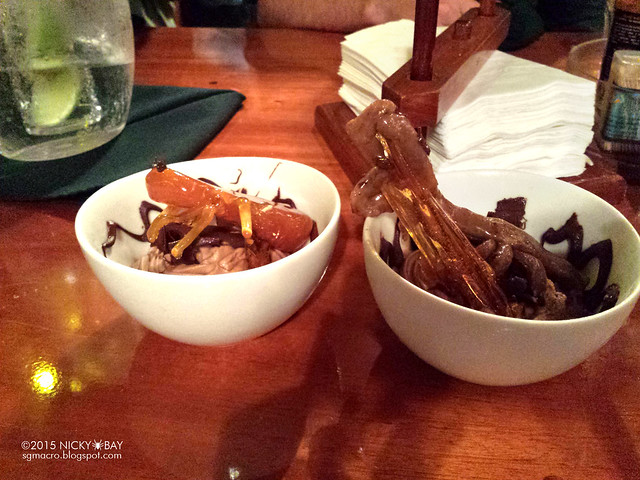
From here on, this post would feature some of the interesting subjects that I saw during this workshop. Hope you enjoy them as much as I enjoyed shooting them!
The Hemipterans – BUGS!
BugShot wouldn’t be complete without bugs. This group has some of the most beautiful subjects!
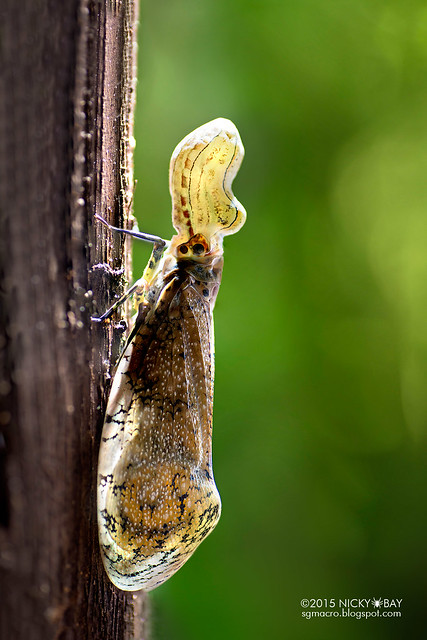
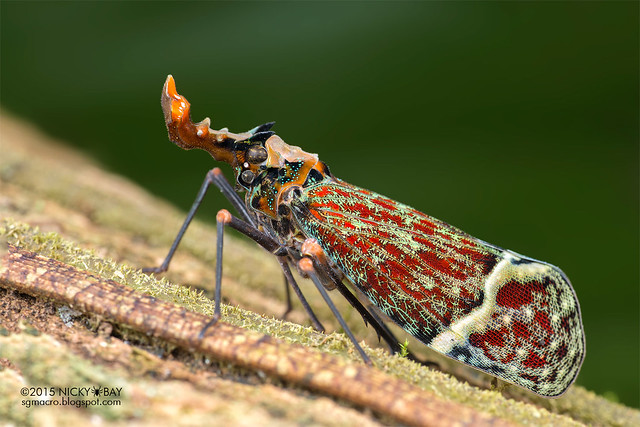
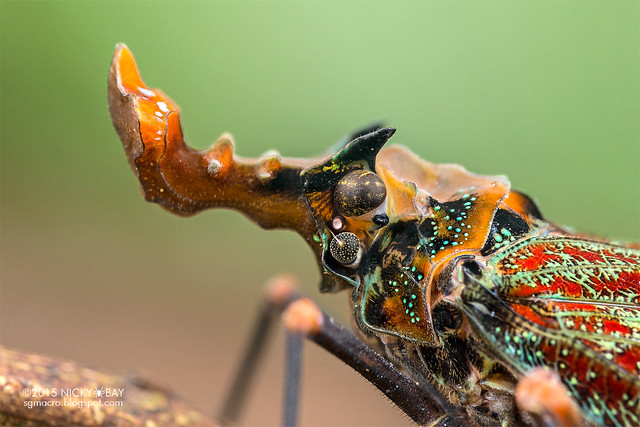
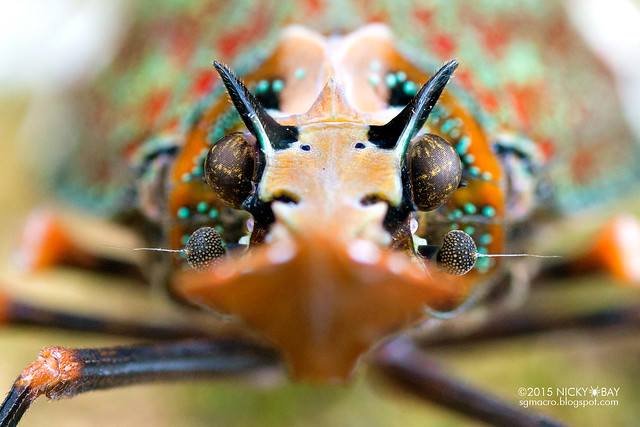
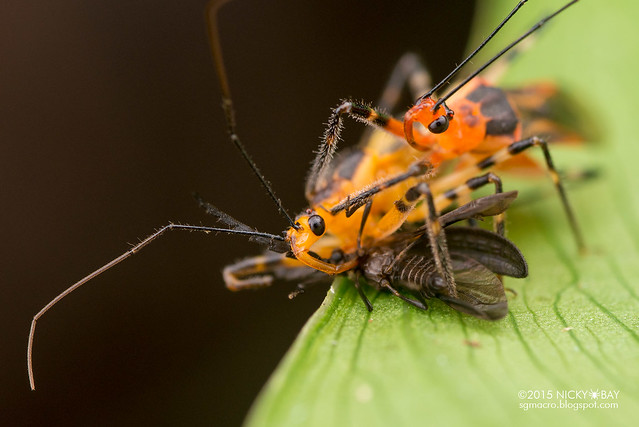
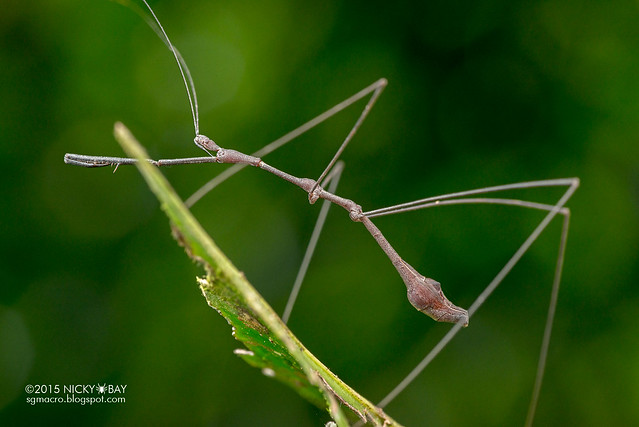
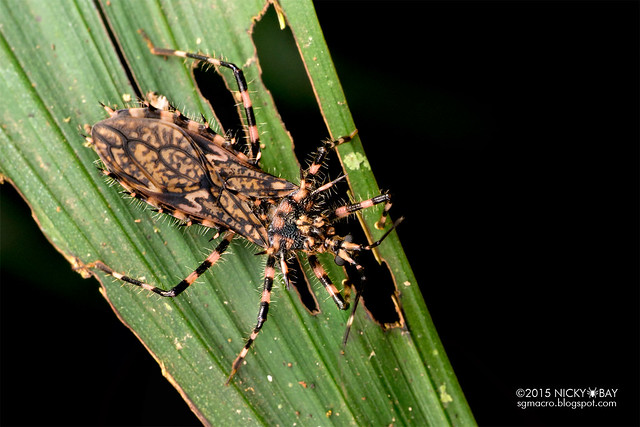
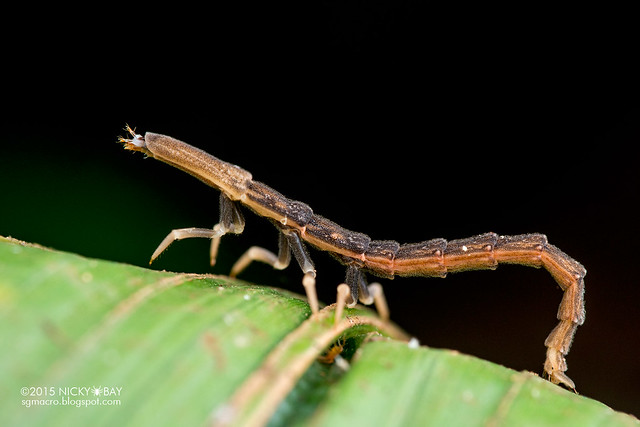
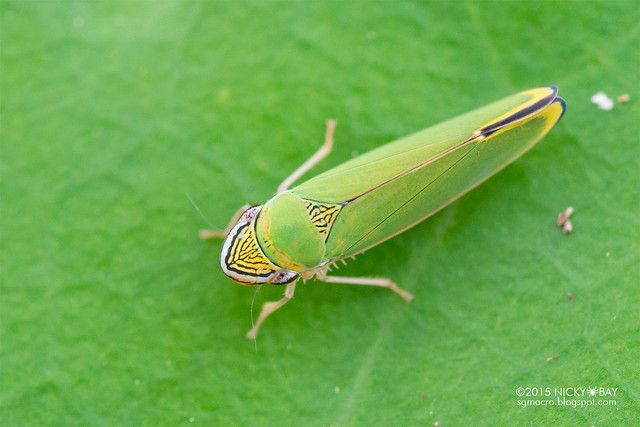
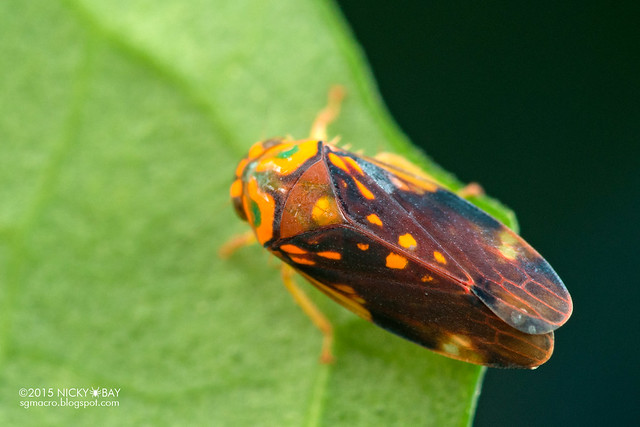
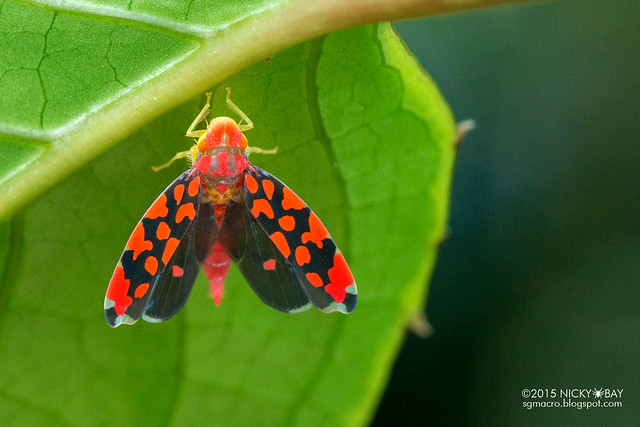
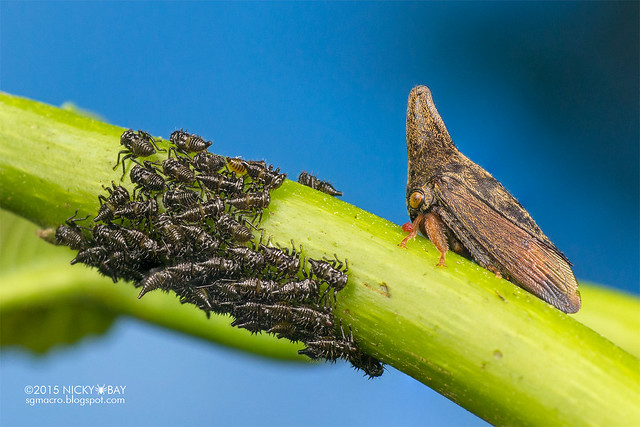

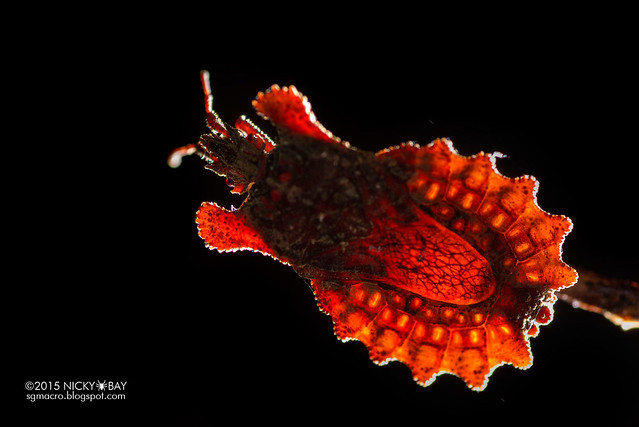
The Phasmids
Unfortunately, hardly any nice photos of insects were captured during this trip. Just one, but one beautiful specimen!
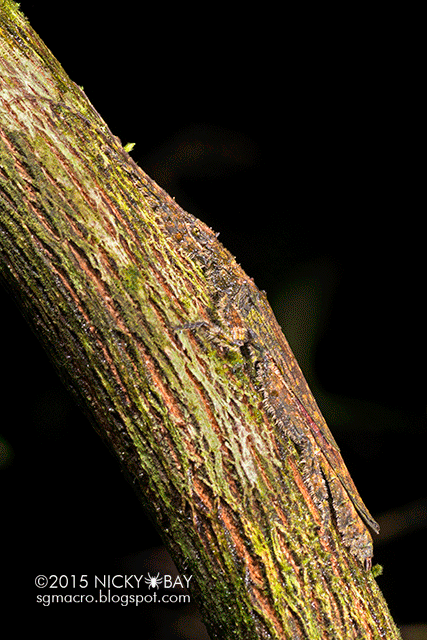
The Arachnids
This group includes spiders and harvestmen. Of course, it includes amblypygids and scorpions but some were already displayed above. 🙂
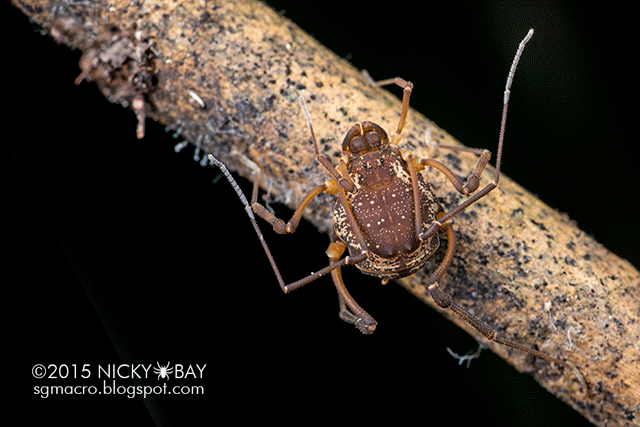

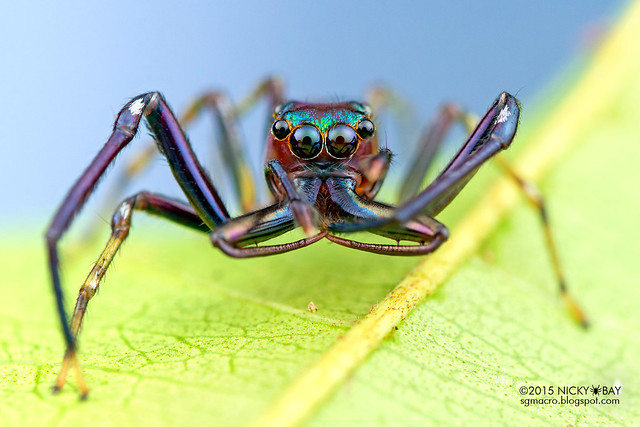
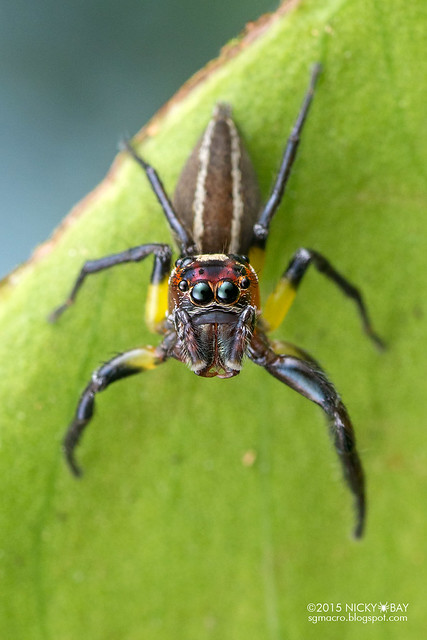
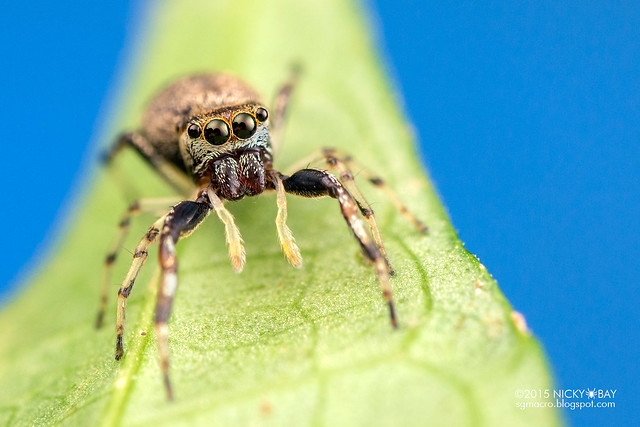
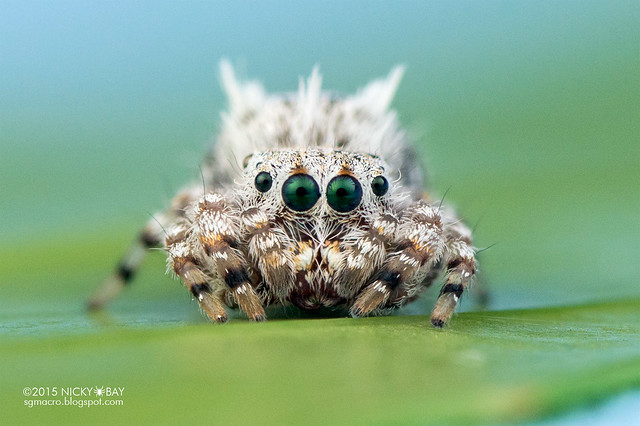
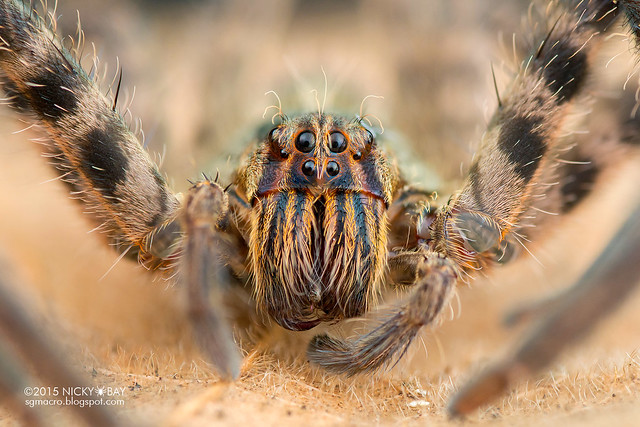
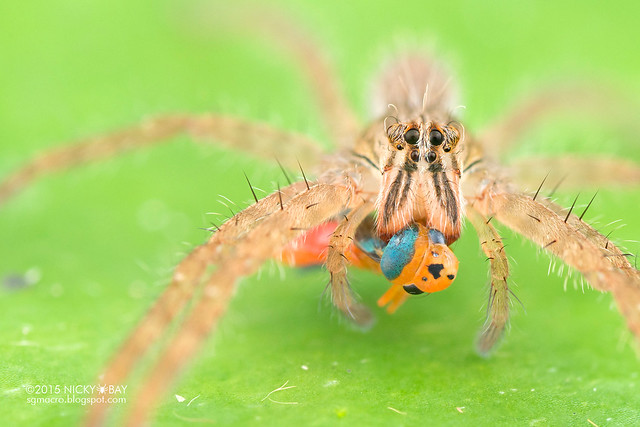
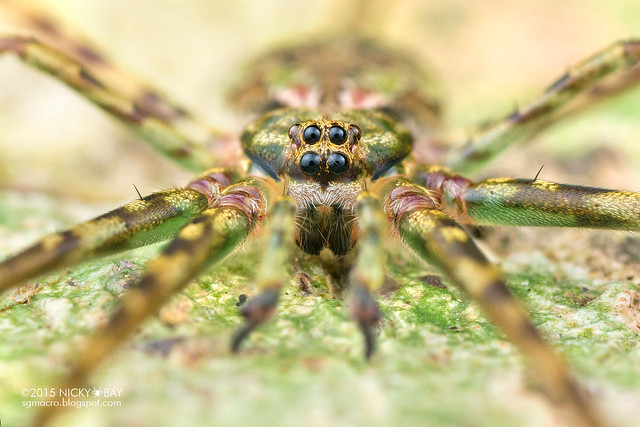
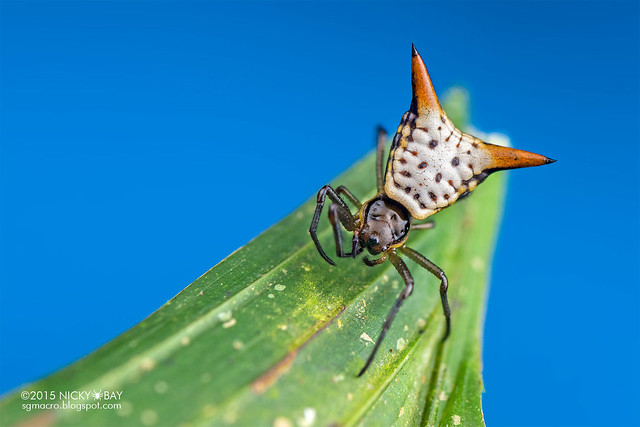
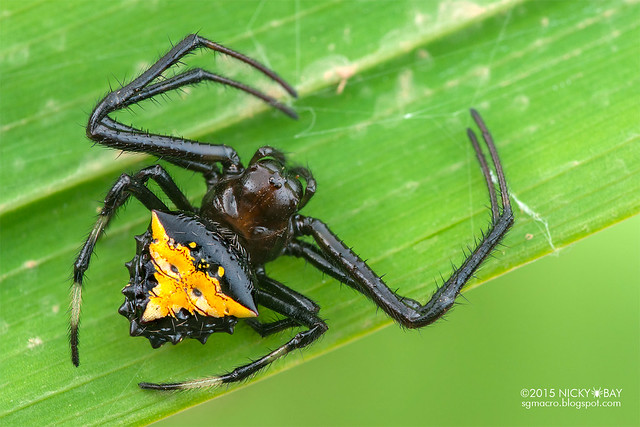
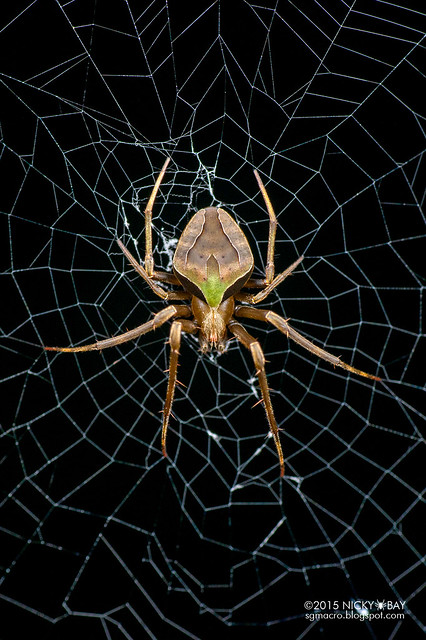
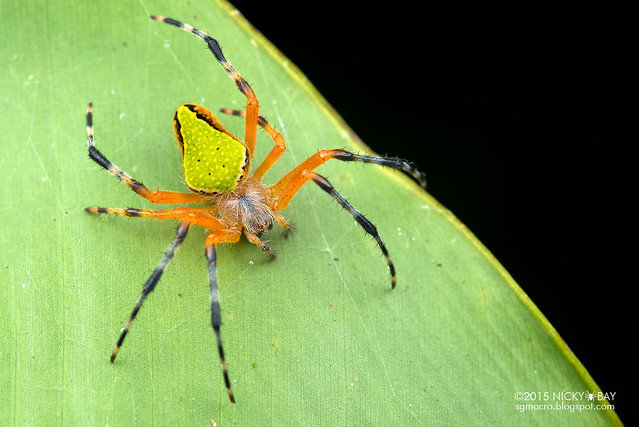


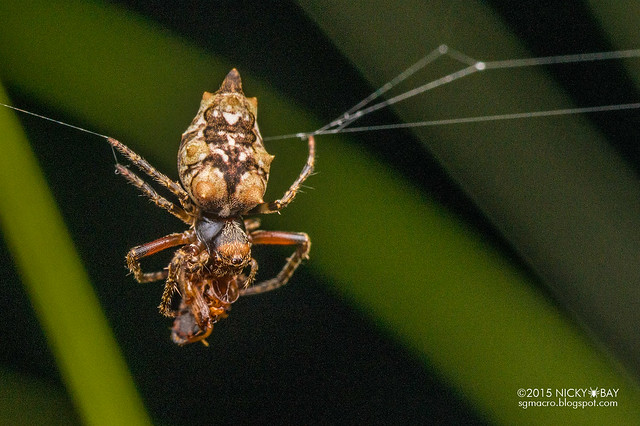
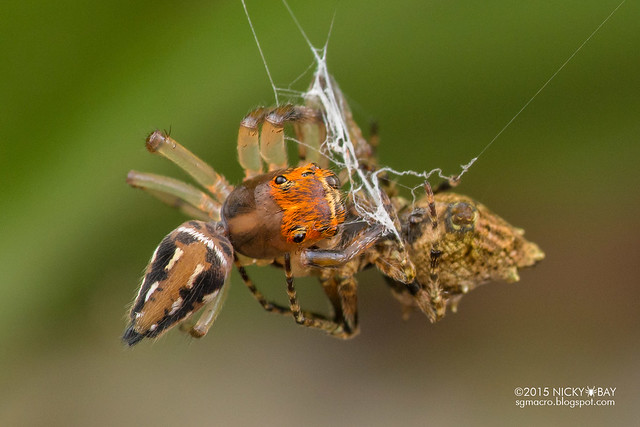

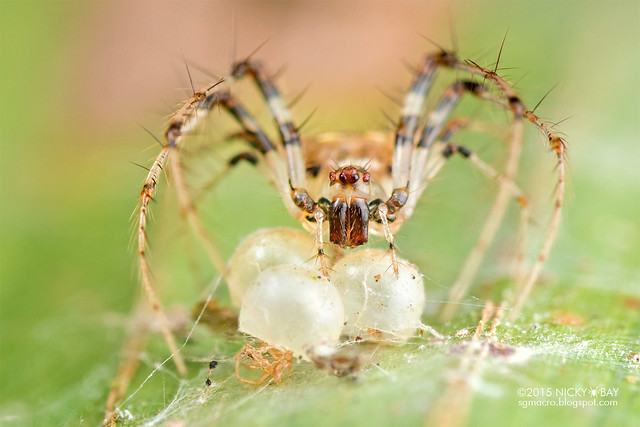
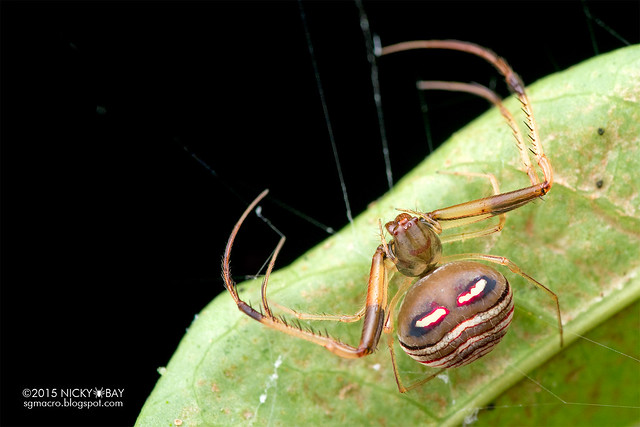
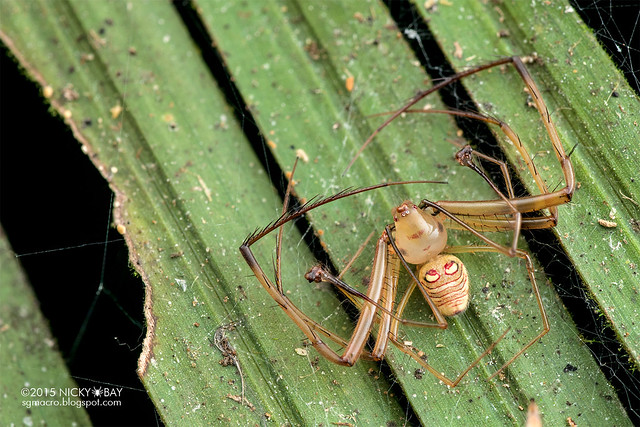

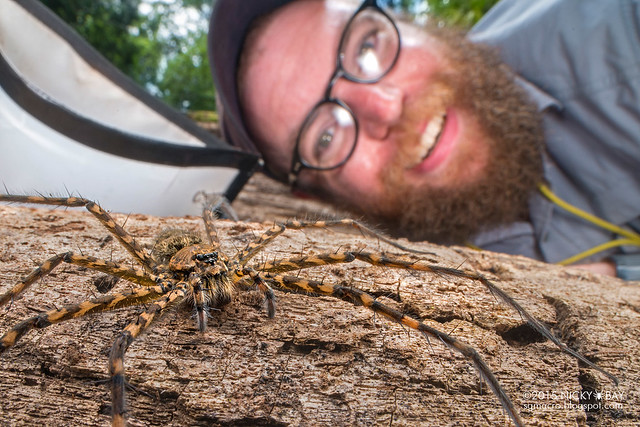
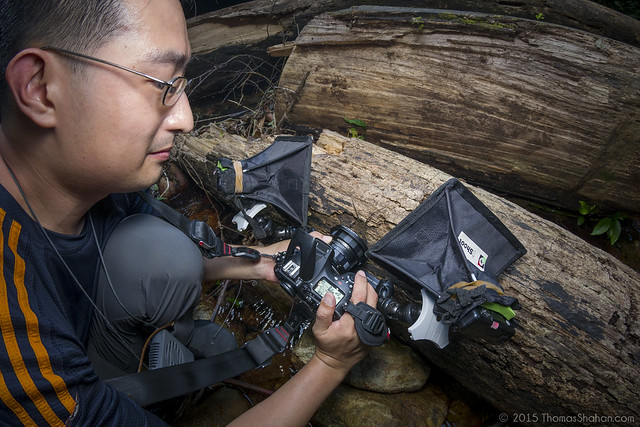
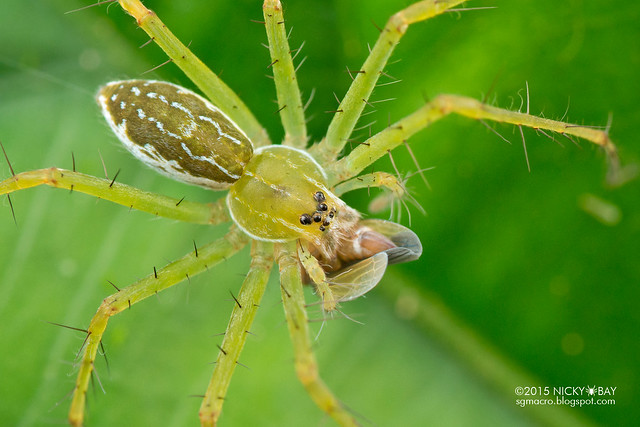
The Orthopterans
Unfortunately, Piotr couldn’t attend this BugShot. Otherwise, we should see a lot more orthopterans!



The Lepidopterans
There were lots of moths at the light traps, but I didn’t focus on photographing them. Nevertheless, there were several significantly interesting lepidopterans photographed!











The Dipterans, Neuropterans, Odonates, Megalopterans and Trichopterans
No particular reason for grouping these together. 😛









The Coleopterans
I’m no good with beetles, but we did find some interesting ones on this trip!














The Reptiles and Amphibians
Most of the interesting herping was done at the botanical garden. There was rain on the first night that allowed us to spot several frogs, but the subsequent nights were drier.



The Hymenopterans
Bees, wasps and ants! Didn’t shoot any interesting wasps this time though.





As more time was spent guiding the participants and conducting lessons, I had fewer shots than a typical trip but most subjects were exciting and new to me and definitely memorable. For more photos from other participants, check out the Flickr group: BugShot Belize – 2015 Macro Workshop. For details on any future BugShot workshops, check out the BugShot website at www.bugshot.net.


















